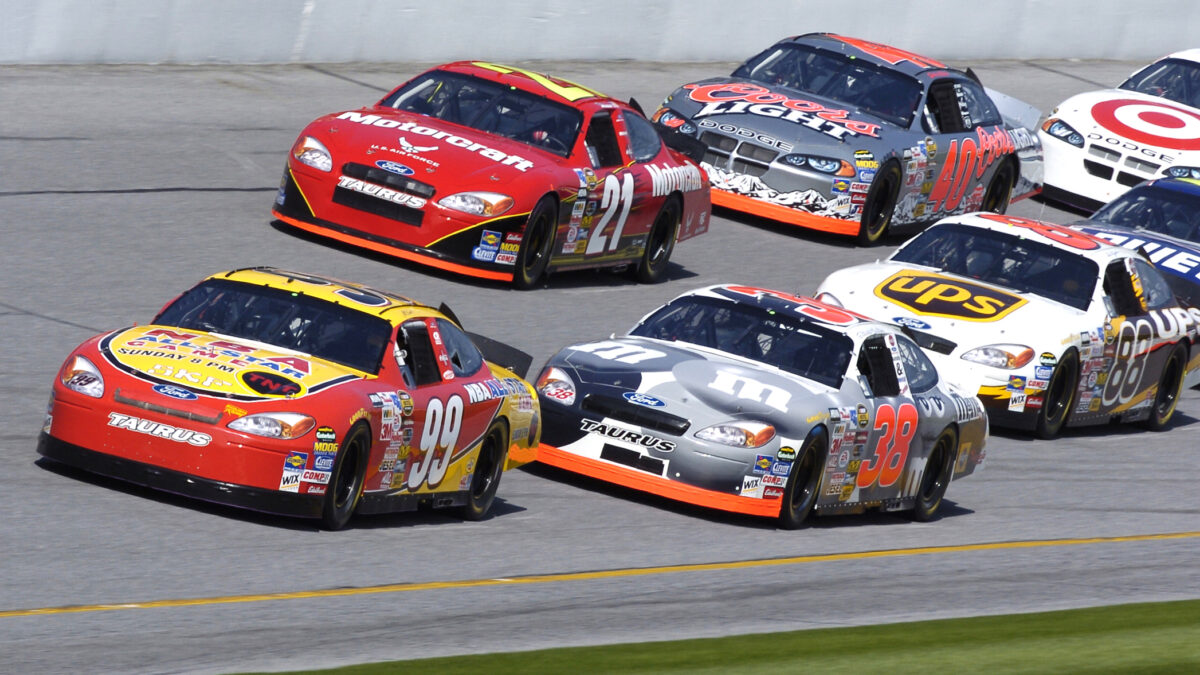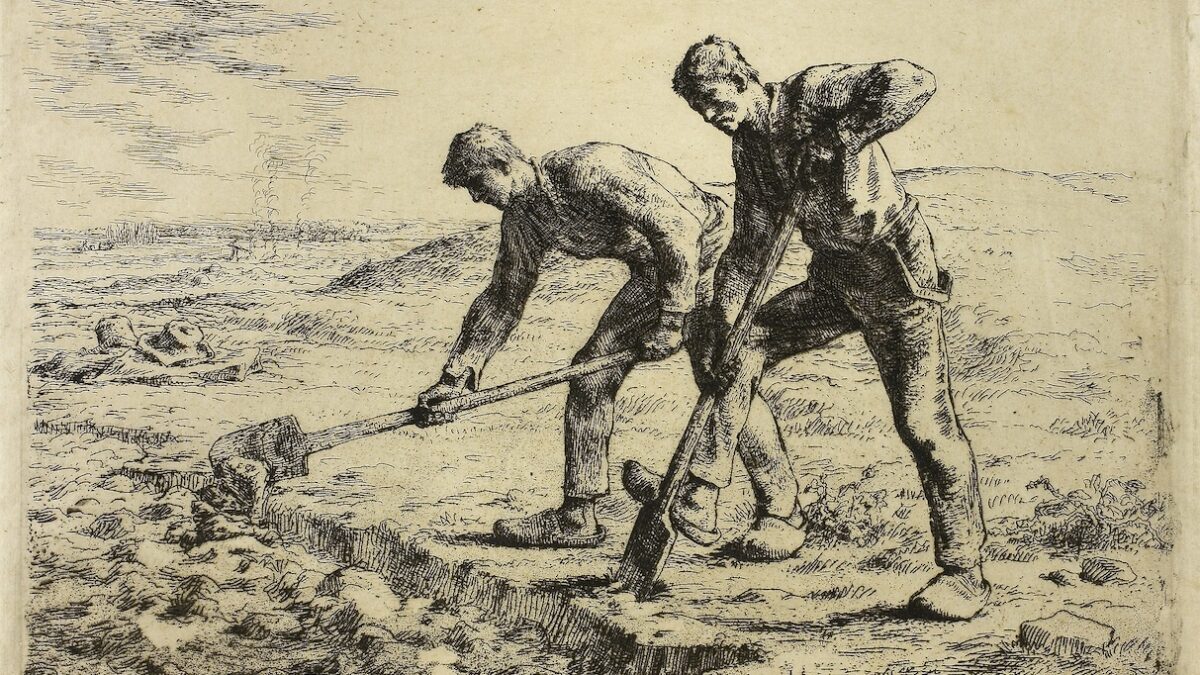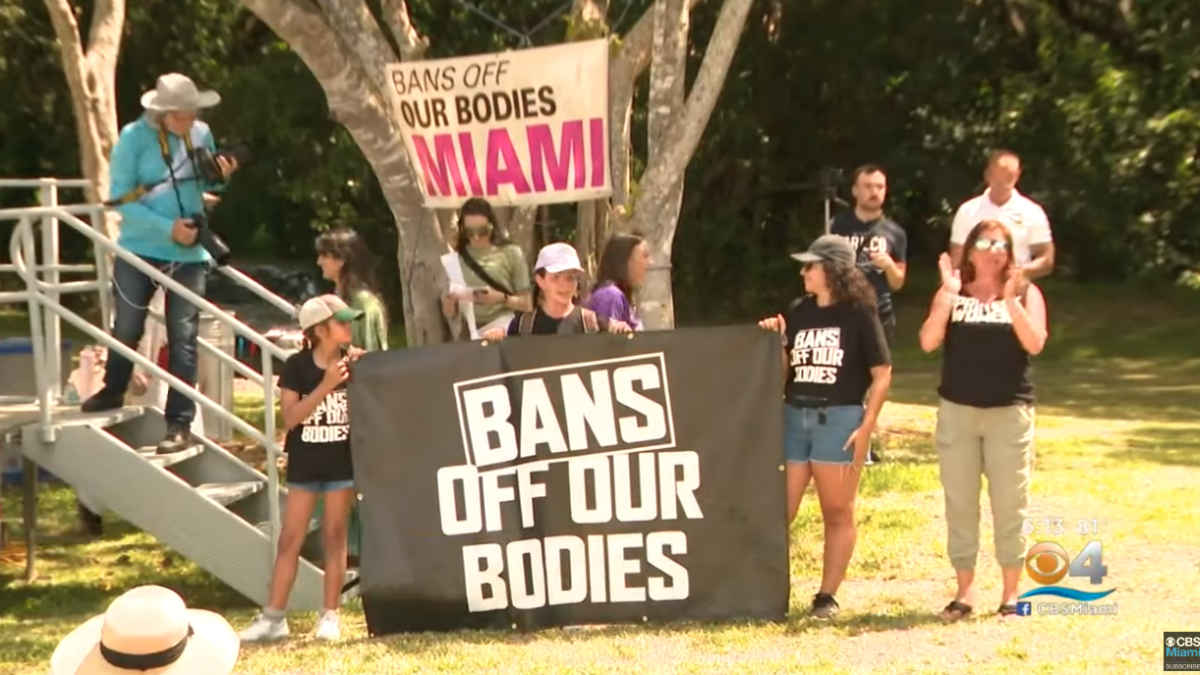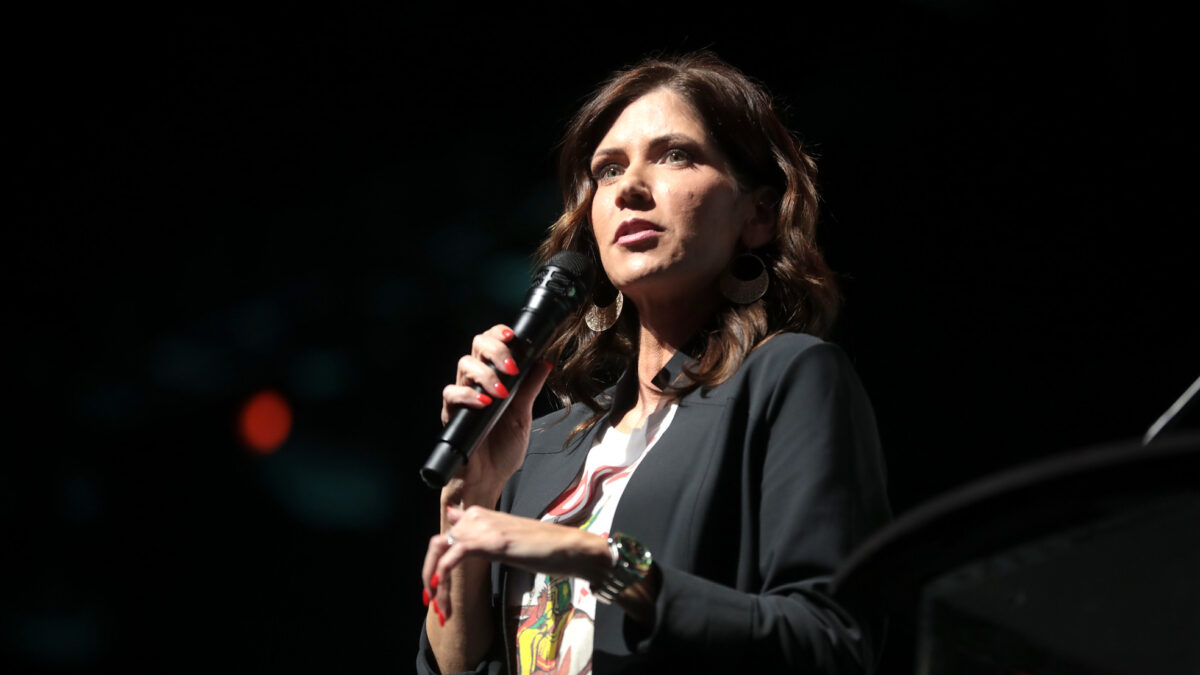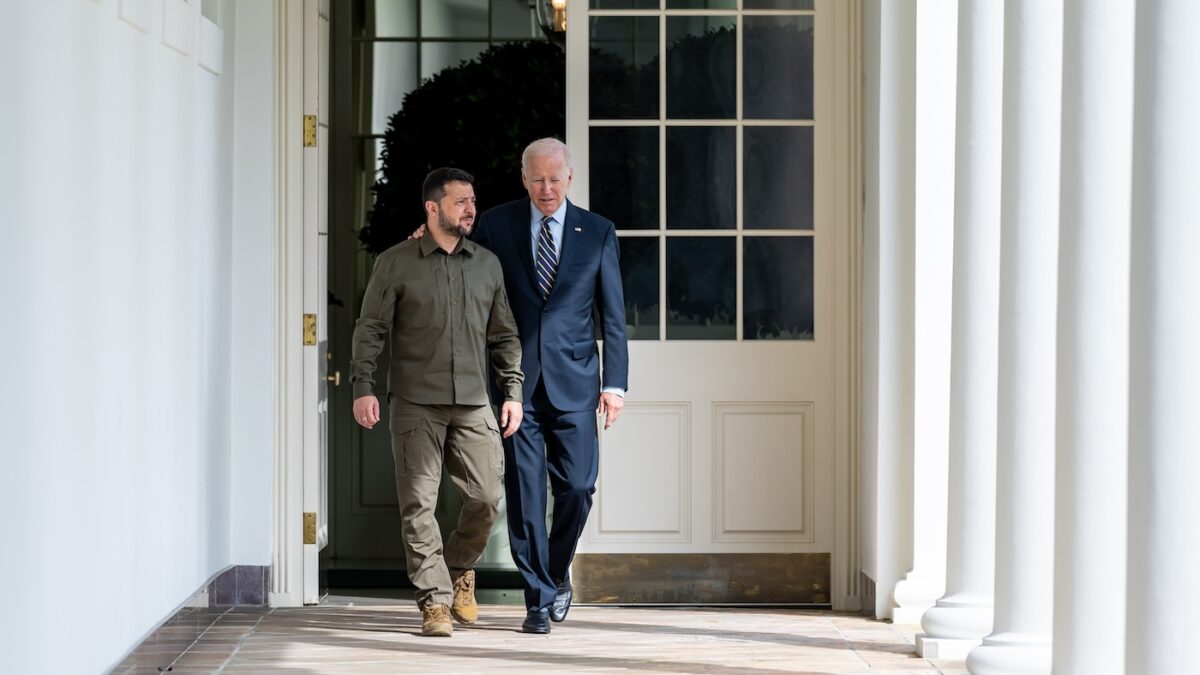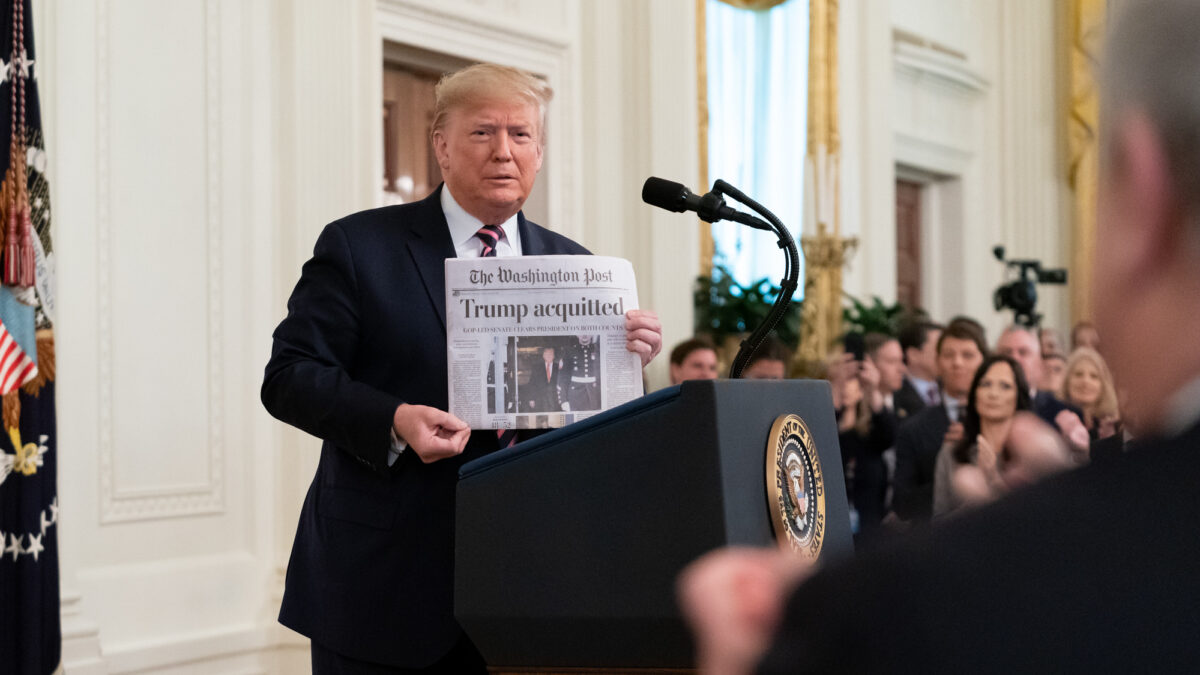NASCAR kicks off its 2024 season this weekend with its first points-paying race, which also happens to be its biggest. The 66th running of the Daytona 500 — the “Super Bowl of Stock Car Racing” or the “Great American Race” — is scheduled to run Sunday afternoon.
After attending several runnings of the Indianapolis 500 over the years, I have made my way southward to the Free State of Florida to attend my first Daytona race in person. Yet the milestone comes with a twinge of ambivalence, and not just because NASCAR — unlike Indianapolis open-wheel racing — more closely limits access to garage areas, where fans can get a “sneak peek” behind the action.
As some fans of the sport will admit, the Daytona 500 represents a unique type of stock car racing, one where the best car and best team come up short more often than not. And while it’s great to root for the underdog, it seems paradoxical that a growing number of NASCAR’s biggest and best drivers have yet to win the sport’s biggest race.
Unique Style of ‘Pack Racing‘
The current style of racing at Daytona stems from a horrific crash by Bobby Allison in the spring of 1987. When Allison’s engine malfunctioned during a race at Talladega Superspeedway, his car slammed into the catch fencing while running over 200 mph right in front of rows of spectators, practically disintegrating on contact. Miraculously, the incident only resulted in a few minor injuries.
Following the incident, NASCAR implemented a system of restrictor plates at Talladega and Daytona, its two largest tracks. While the design of the system has changed over the years, the purpose remains the same: to slow the cars on the high-banked speedways by reducing the horsepower produced by the engines.
While NASCAR introduced the new regime as a safety measure, it had significant consequences on the type and style of racing. With their engines producing less horsepower on these two big tracks, cars tend to bunch up in bigger packs — drivers can “mash” the gas pedal, but they often won’t advance their position, because everyone has the same (reduced) amount of horsepower.
While slowing the cars improves safety by preventing them from getting airborne, allowing cars to bunch up in bigger packs also tends to decrease safety by increasing the number of incidents. Virtually every race at Daytona and Talladega has at least one version of “the Big One” — a major incident where a large chunk of the field ends up in a wreck. With track position at a premium because it is so difficult to pass opponents, drivers tend to try to “block” each other from advancing position. And when one of those “blocks” goes bad or is miscalculated, which inevitably happens, the dozens of surrounding cars pile-drive into each other in a chain reaction melee.
Randomness of Winners
These two dynamics — the engine package at Daytona and Talladega keep virtually all the cars within a few hundred feet of each other, and “the Big One” pile-ups often eliminate cars by the handful, if not by the dozen — mean that being the “best” no longer carries the same weight. Any driver could win at these two tracks, which means that anyone who makes the field could win stock car racing’s biggest race.
The last three winners of the Daytona 500 have been Michael McDowell in 2021, Austin Cindric in 2022, and Ricky Stenhouse Jr. last year. These three drivers have a combined total of six wins among them in NASCAR’s Cup series. And of those collective six wins, only one came outside of Daytona and Talladega — McDowell won a road course race last summer.
Granted, Cindric is only 25, and he won the Daytona 500 in his first race as a full-time driver. But if the Daytona 500 has previously produced some “Who?” champions (e.g., Derrike Cope in 1990), the trend appears to have accelerated this decade.
Now, consider this list of drivers who haven’t won the Daytona 500 (active drivers are italicized) since NASCAR started limiting horsepower at the biggest tracks in 1988:
- Tony Stewart — 49 wins, 2002, 2005, and 2011 Cup champion
- Rusty Wallace — 55 wins, 1989 Cup champion
- Mark Martin — 40 wins
- Kyle Busch — 63 wins, 2015 and 2019 Cup champion
- Brad Keselowski — 35 wins, 2012 Cup champion
- Martin Truex Jr. — 34 wins, 2017 Cup champion
All told, six active Cup champions have yet to win the sport’s biggest race, including the three listed above. Conversely, the retirement of Kevin Harvick last fall means that only one Cup champion still racing full-time has won the Daytona 500 — Joey Logano, in 2015. Indeed, Logano has already won the pole for this year’s race. (Jimmie Johnson, a two-time Daytona 500 winner and seven-time Cup champion, will race on Sunday, but he has retired from full-time driving and runs only a part-time schedule.)
Luck and Skill
While some drivers enjoy racing at Daytona and Talladega, others feel like they have little control over the outcome. More so than at other tracks, the bunching of big packs of cars at Daytona and Talladega means that someone else’s mistake could easily trigger an incident that spoils a driver’s chances at victory.
On the one hand, this makes a Daytona 500 win more valuable because it requires fortuitous breaks from the proverbial racing gods to come out victorious. But on the other hand, if the list of major champions never to have won the race continues to grow — if the sport’s biggest winners can’t win the big one — many will start to wonder: Why is this race considered so big?
